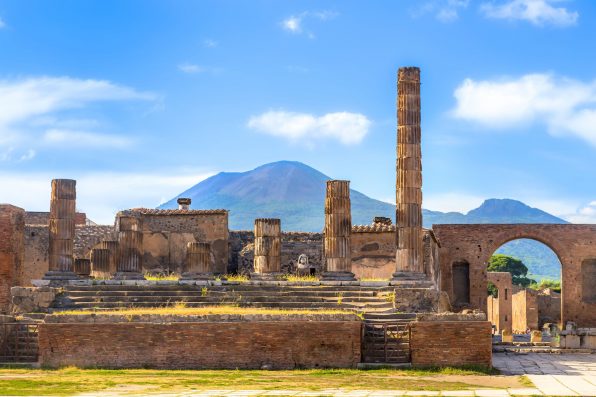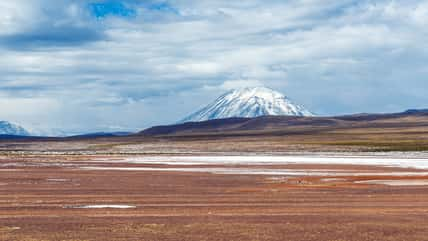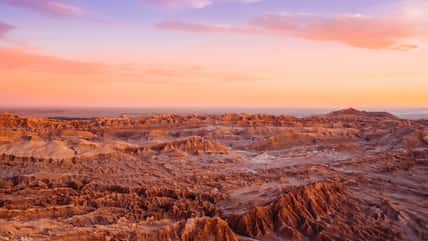Earthquakes May Have Made The Eruption Of Mount Vesuvius Even Deadlier For The Ancient City Of Pompeii

Can you imagine witnessing a natural phenomenon as powerful as a volcanic eruption? The experience must be awe-inspiring but also incredibly terrifying. The intense heat radiating from the lava flows combined with the choking toxic gases that pervaded the air made it hard to breathe.
The danger and destruction of such a disaster most certainly caused extreme anxiety and fear as people rushed to try to escape from the chaos. This is what the residents of the ancient city of Pompeii experienced when Mount Vesuvius erupted in A.D. 79.
Archaeologists who have been sifting through the ruins of Pompeii recently made an unexpected discovery — earthquakes may have made the eruption of Mount Vesuvius even deadlier. They came to this conclusion after studying a pair of skeletons and the odd way that some buildings collapsed.
So far, the destruction of Pompeii has been pinned on the effects of the volcanic eruption. Volcanic debris and pyroclastic flows, which are fast-moving currents of hot gas and volcanic matter, were responsible for obliterating the city. However, seismic activity may have also contributed significantly to the violence of the event.
Seismic activity has been associated with the eruption before. In letters addressed to the Roman historian Tacitus, Pliny the Younger documented seismic activity that occurred during the catastrophe. The letters are the only evidence of an eyewitness account of the event.
“Pliny reported the occurrence of shakings during the night of the first day of the eruption and violent seismic shocks at the daybreak of the second day,” said Domenico Sparice, the lead author of the study and a volcanologist at INGV-Osservatorio Vesuviano.
In a new study, a team of researchers measured the effects of earthquakes during the eruption in Pompeii for the first time ever. Since volcanic and seismic activity may have taken place at the same time, it is a challenge to separate the impacts they had.
During a recent excavation in the Insula dei Casti Amanti, located in central Pompeii, evidence of building collapses that killed two individuals was uncovered. The building collapses had “peculiar characteristics that, at first glance, were inconsistent with the effects of the volcanic phenomena,” according to Sparice.
So, Sparice and colleagues decided to dig around for an explanation. They found skeletons belonging to two males. At the time of their deaths, they were around 50 years old. Their bones showed signs of severe fractures and other traumatic injuries. Their deaths and the collapse of the building were consistent with the effects of seismic activity.

marabelo – stock.adobe.com – illustrative purposes only
During the eruption, small particles of volcanic rock and ash pelted the city for hours, driving people into buildings for shelter.
But when the ground shook and trembled due to the earthquakes, it caused the structures to cave in.
The positioning of the first individual suggests that a large piece of wall crushed him. The second individual tried to protect himself from the falling debris with a wooden object, but ultimately, he was crushed as well.
The evidence illustrates that the individuals did not die from the heat or from breathing in ash. Their remains were found on top of the volcanic debris, indicating they died from earthquakes.
The study was published in Frontiers in Earth Science.
Sign up for Chip Chick’s newsletter and get stories like this delivered to your inbox.
More About:News





